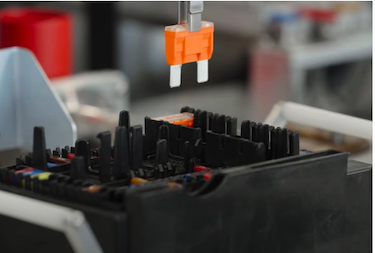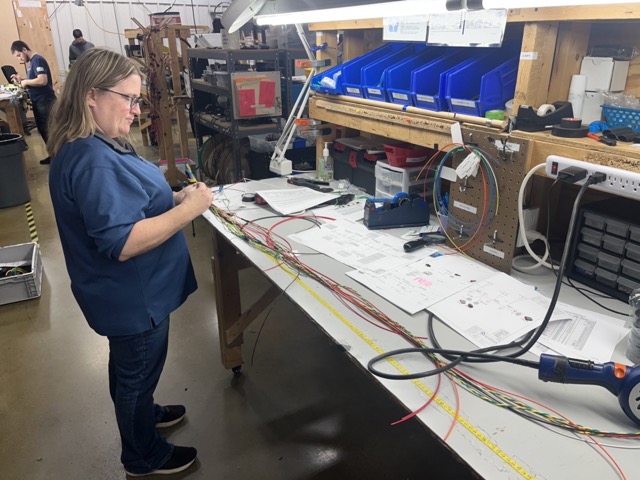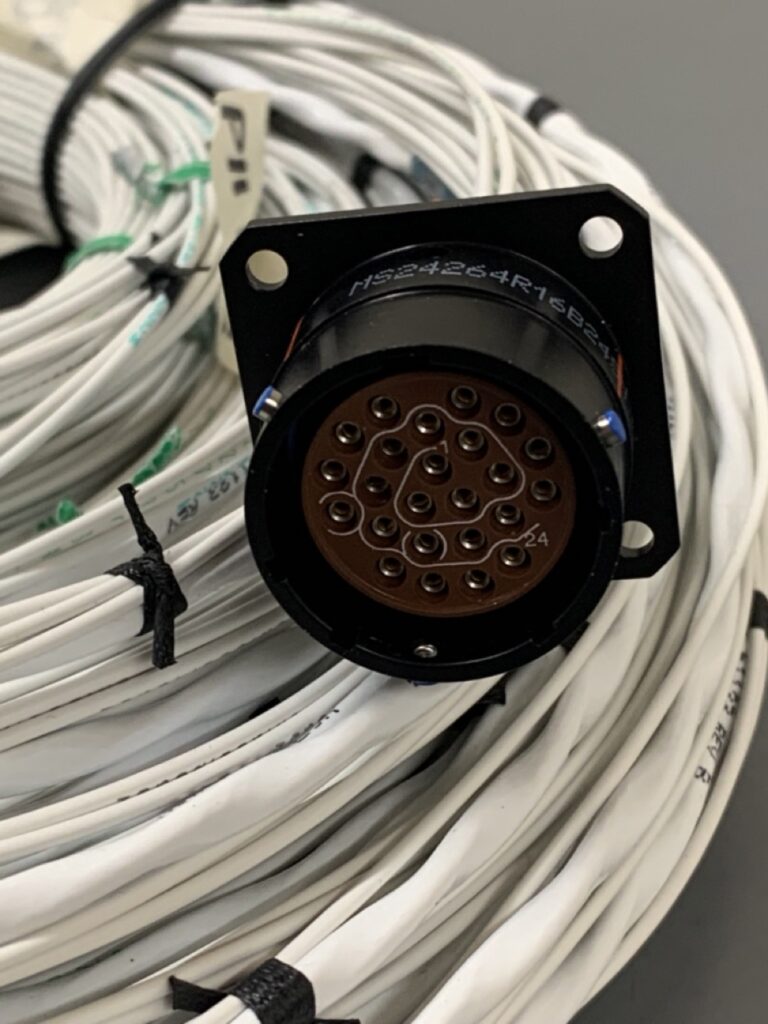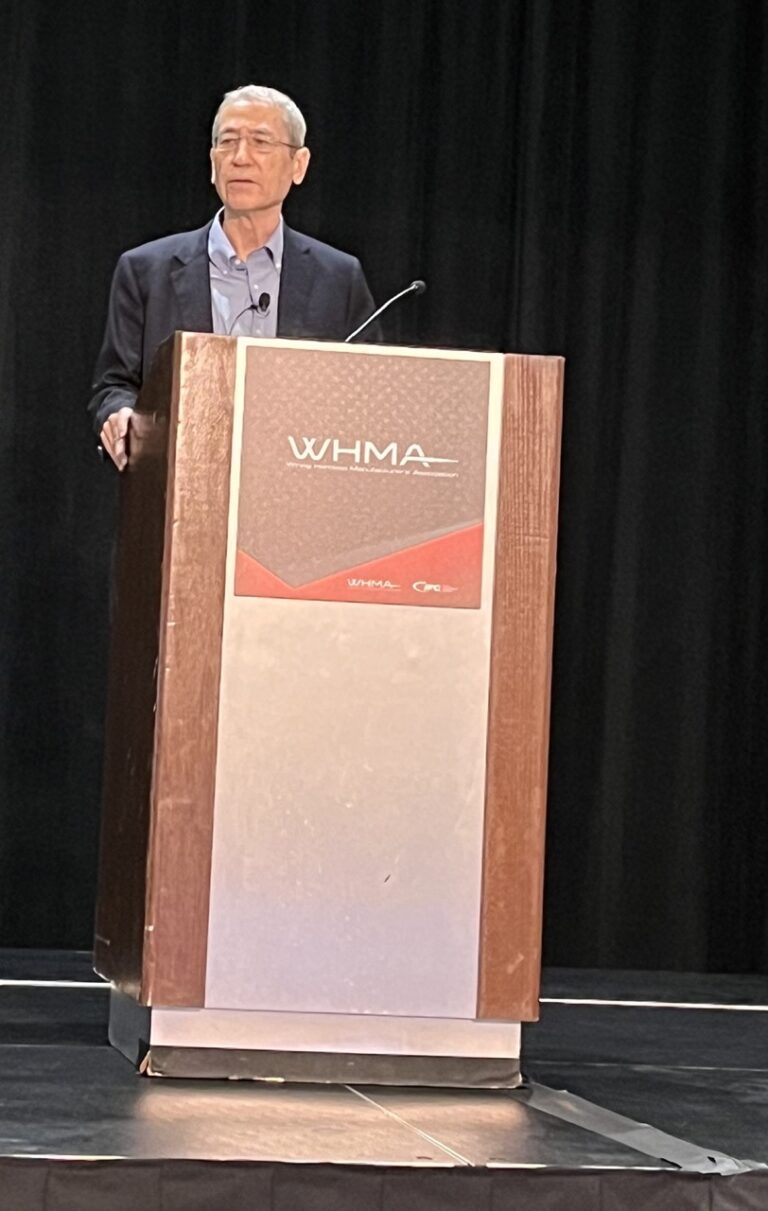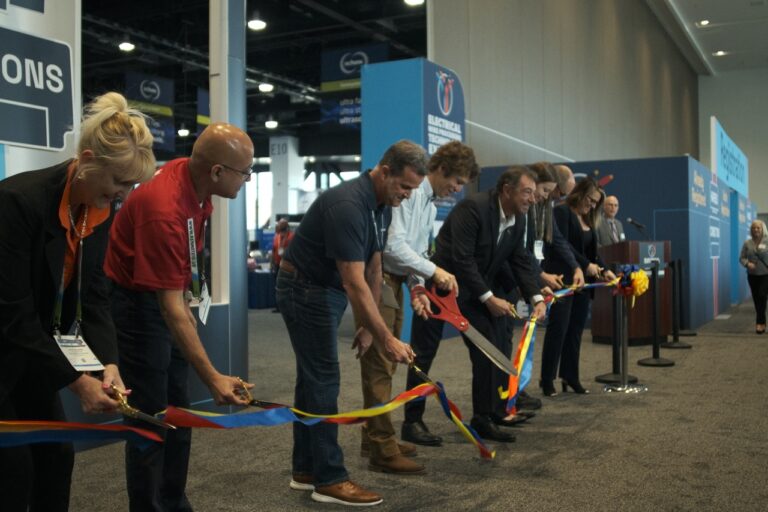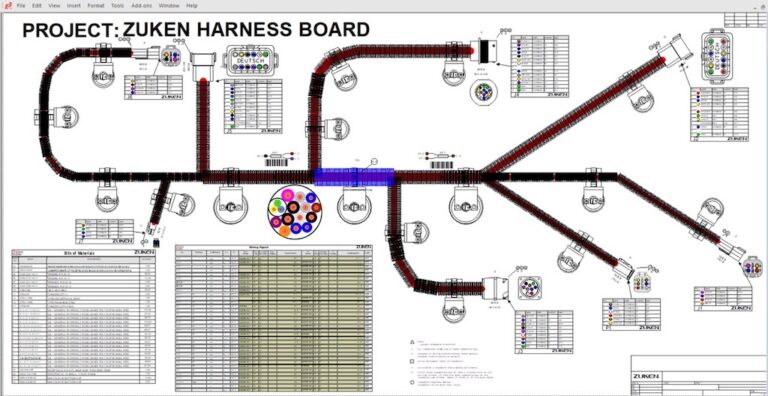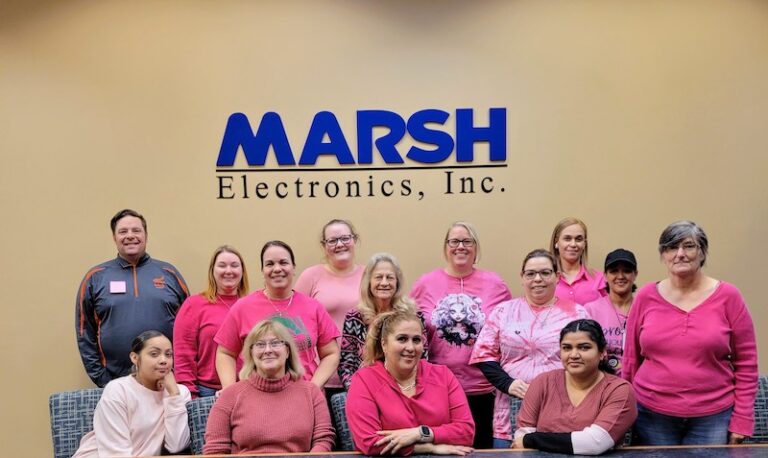Quicksand! The Danger of Overcommitting

I recently heard from a harness owner who was scrambling to keep up with demand. Kudos to him for being so busy in the midst of a pandemic, but he anxiously expressed that he was trying to avoid quicksand.
It’s a frightening visual, and I looked it up: “A colloid of fine granular material and water, quicksand forms in saturated loose sand when the sand is suddenly agitated. When water in the sand cannot escape, it creates a liquefied soil that loses strength and cannot support weight.”
Right. Can’t support weight. I’ve been there. Around the tenth year of my 25-year ownership of Monona Wire, our culture of intensive customer focus was paying off to the extent that we were consistently outperforming our competition. Our customers were honoring us with ever-increasing amounts of business. A nice problem to have perhaps, but I still remember it as the single worst experience in my years of owning a wire harness company.
Overwhelmed with more business than we could handle within the time frame our customers needed, we were forced to siphon customers to our competitors. And rather than regret that desperate move, I felt lucky to survive and vowed to prevent any chance of a recurrence of that predicament.
How did we avoid quicksand in the future? That is reflected in three commonalities I find today whenever I observe successful harness companies:
1) They are committed to rigorously monitoring capacity, recognizing the time it will take a new employee to become efficient and limiting the number of new hires coming in the door at any one time.
2) They properly screen potential new hires, such as by testing dexterity and math skills if those are two particular strengths essential to success in the prescribed role.
3) They provide full-time, one-on-one training to new employees so they are fully adept at their jobs before they do an ounce of work. Even smaller companies I am familiar with accomplish this, often by temporarily pulling experienced workers off their jobs to thoroughly train new hires before they hit the production floor.
Without full recognition of the number of new people who can be brought in within a given period, and without highly effective screening and training, a harness company risks getting submerged in quicksand. And it’s not always possible to escape




























